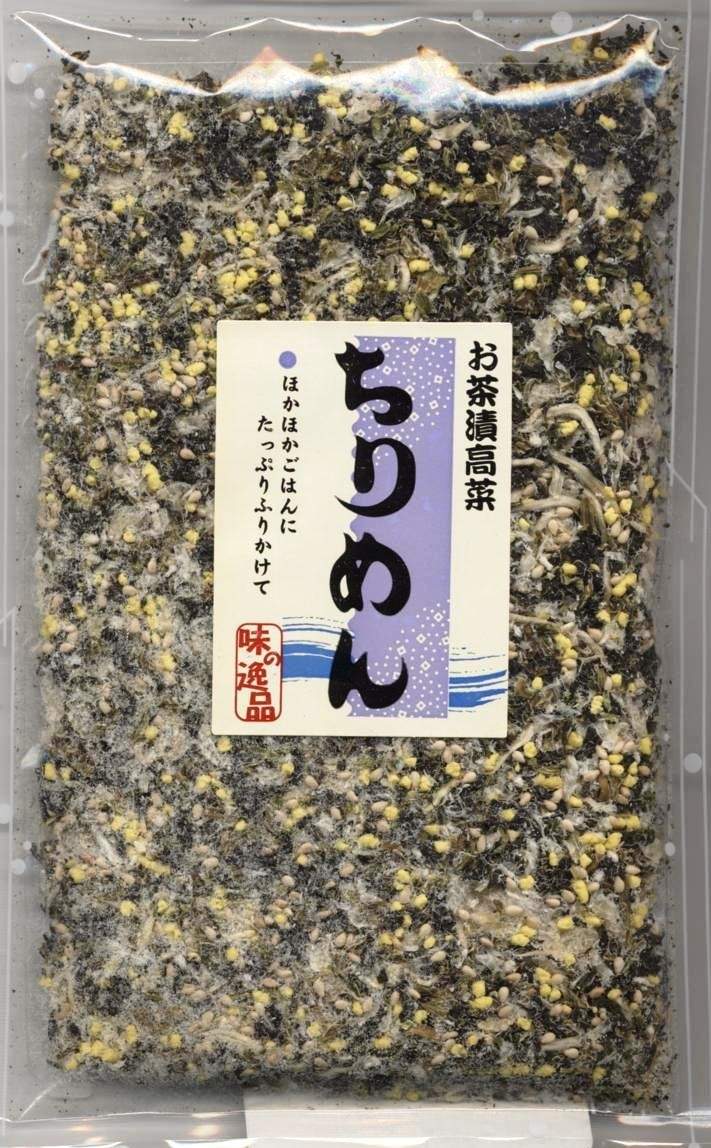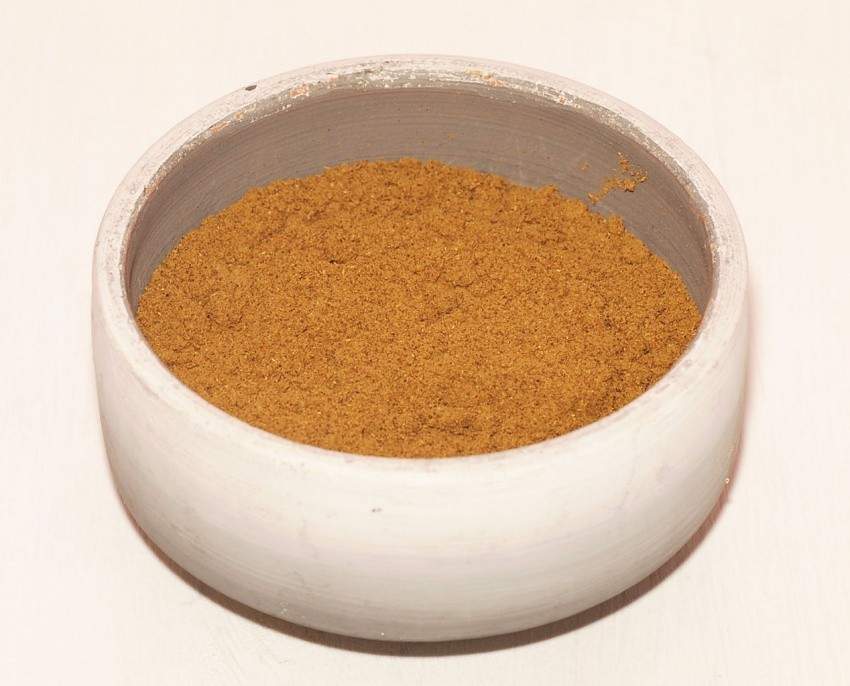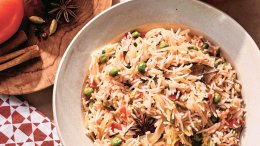Long gone are the days when chili powder, Italian seasoning, and stale garam masala were the lone spice blends in the average pantry. Now, there are a plethora of options spanning every continent and home cooks everywhere are becoming more savvy on how to use them. Whether you buy them at the grocery store, at a spice market, or make your own, here are eight blends to start using more of and what they are best suited for.
Image above from Adam Baker on Flickr.
Dukkah
Dukkah, which is from Egypt and means “to crush” in Arabic, is the crack of spice blends. It contains a mix of herbs and spices (coriander is a must), nuts (try pistachios, although peanuts are traditionally used), and sesame seeds, all coarsely ground together. The salty, nutty, crunchy mix makes whatever you add it to exponentially better. Heck, just try dipping bread in oil, then liberally sprinkling dukkah over it, and it will win you over pretty much immediately.
Berbere

This Ethiopian/Eritrean spice mix has a long history dating back to when Ethiopian kingdoms controlled large areas of the Silk Road around the Red Sea. It contains a long list of ingredients, from fenugreek and cardamom, to chiles and nigella seeds. The exact amount of heat varies based on how much powdered chiles is added. It’s used to season pretty much everything: meat, poultry, fish, and vegetables. Try using it to season your Sunday roast chicken for some African flair.
Photo from Badagnani on Wikimedia.
Togarashi

It is believed that chili peppers were first brought to Japan from China in the 16th century. Togarashi is the Japanese word for red chili peppers, and refers to blends that combine these chiles with other spices and ingredients, like nori, sesame and hemp seeds, and citrus peel. There are two prominent types of togarashi: shichimi and nanami. Schichimi togarashi translates to seven spice, because of the seven ingredients it contains. Nanami togarashi differs in that it has a more prominent flavour of citrus zest. Togarashi is often served as a topping for udon, shabu shabu, and yakatori. The spiciness of it makes it a perfectly addictive popcorn seasoning, I might add.
Photo from Ocdp on Wikimedia.
Furikake

This Japanese blend is a coarse mix of dried seaweed, sesame seeds and bonito flakes (and perhaps some MSG for that added umami-rich “je ne sais quoi”). Historically, it was developed as a seasoning for rice to address malnourishment by adding extra calcium and protein. Now, its uses extend far beyond savoury and into desserts, including furikake rice krispie squares. Intriguing.
Photo from Ruizo on Wikimedia.
Gomasio
Similar to furikake and also of Japanese origin, gomasio is essentially a finely ground sesame salt that was originally created to add nutrients to food (more recently, it has been a popular choice for those following a macrobiotic diet). Like its coarser counterpart, it is also used as a condiment for rice and sekihan (sticky rice mixed with red adzuki beans). However, it can be used as a flavoured salt in just about any recipe where sesame seeds would pair well with the flavours of the other ingredients. Try adding it to your favourite Middle Eastern dips like hummus or baba ganoush to amp up the tahini.
Chaat Masala
Chaat masala is an Indian spice blend that notably contains dried mango powder and black salt (kala namak), in addition to cumin, coriander, chili powder, ginger, and other staples. The mango adds sweetness, while the black salt provides a distinctive sulfurous flavour (dare we say, like rotten eggs). “Chaat” actually refers to different varieties of snacky street food, so toss it with roasted chickpeas for a quick bite, or mix it into fruit salad to add an earthy touch.
Za’atar

Za’atar is made of sesame seeds, sumac, salt, plus one or more dried (you can use fresh if you want to freshen up the flavour profile) herbs, typically thyme, oregano, or marjoram. The word itself refers to both the spice blend, as well as the variety of wild oregano, which is typically used to create it. It dates back to biblical times and is referenced on several occasions in the bible. Back in the 12th century, the philosopher Maimonides is thought to have prescribed it to his patients as a cure-all for many ailments. In addition to its supposed health-giving properties, the herbaceousness of za’atar pairs nicely with the sweetness of winter squash, and it is especially good used as a seasoning for eggs.
Photo from Jorge Láscar on Wikimedia.
Ras El Hanout

Meaning “top of the shop”, ras el hanout is marketed in North Africa (Morocco specifically) as the best, most expensive mix of spices the merchant has to offer. Just like garam masala in India, there is no strict recipe for exactly which spices ras el hanout has to contain. Ingredients and ratios vary from shop to shop, family to family. Typically, cardamom, cumin, coriander, clove, and cinnamon are all included. Just think of spices that start with “c” and you are good to go! Ras el hanout is ideal for tagines or marinades.
Photo from Sarefo on Wikimedia.













